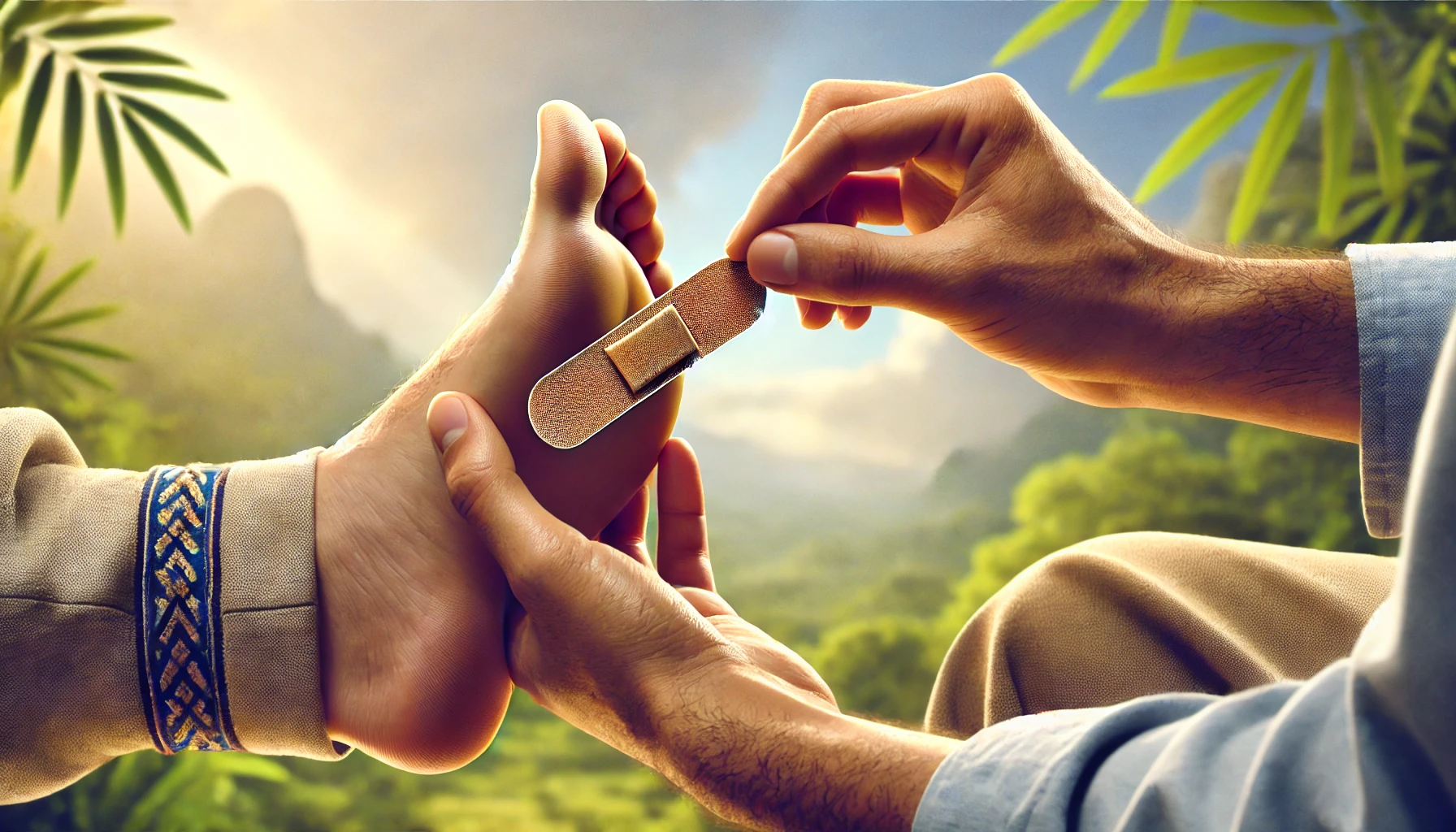This post was written with Consensus AI Academic Search Engine – please read our Disclaimer at the end of this article. Blister treatment and prevention require a combination of methods tailored to the type and cause of the blister. Whether through draining, using advanced dressings, or preventive measures like powders and paper tape, the goal is to promote healing, reduce pain, and prevent infection. Always consider the specific circumstances and consult healthcare professionals when necessary to ensure the best outcomes.
Blisters are a common issue, whether from burns, friction, or medical conditions like bullous pemphigoid. Proper treatment is essential to promote healing, reduce pain, and prevent infection. Here are some evidence-based tips for getting a blister to heal effectively.
1. To Drain or Not to Drain?
The debate on whether to drain or deroof blisters, especially in burn patients, has been ongoing. A study comparing aspiration (draining) and deroofing (removing the top layer of the blister) found no significant difference in healing times between the two methods. However, aspiration showed some advantages in terms of scar relief and pain reduction1. Therefore, if you choose to drain a blister, ensure it is done under sterile conditions to minimize infection risk.
2. Combining Treatments for Better Results
For patients with bullous pemphigoid, a condition characterized by large, fluid-filled blisters, combining blister fluid extraction with the application of ointments has shown promising results. This method not only promotes faster healing but also reduces pain and the incidence of infection2. This approach can be adapted for other types of blisters as well, using appropriate ointments to keep the area moisturized and protected.
3. Innovative Dressing Systems
In a study involving US Army Ranger recruits, the use of a bioelectric dressing system (Procellera®) was evaluated. While the study found no significant difference in healing rates compared to standard care, the bioelectric dressing system could be beneficial in more severe cases or different environmental conditions3. This suggests that while traditional methods are effective, exploring advanced dressing options might offer additional benefits in specific scenarios.
4. Preventing Friction Blisters
Friction blisters, especially on the feet, can be particularly troublesome. A study tested various topical anti-blister products and found that a powder product significantly reduced skin hydration, thereby lowering the risk of blister formation4. This indicates that using powders or similar products can be an effective preventive measure for those prone to friction blisters.
5. The Role of Paper Tape
For athletes and individuals engaging in prolonged physical activities, paper tape has been shown to be an effective preventive measure against foot blisters. A randomized trial involving ultramarathon runners demonstrated that applying paper tape to blister-prone areas reduced the incidence of blisters by 40%5. This simple and cost-effective method can be easily incorporated into your routine to prevent blisters before they start.
Disclaimer
The content presented in this blog is generated by Consensus, an AI-powered academic search engine, and is based on publicly available scientific literature. While every effort is made to provide accurate, up-to-date, and well-researched information, the content is intended for informational and educational purposes only. It does not constitute medical advice, diagnosis, or treatment. Always consult a qualified healthcare professional before making any decisions regarding medical conditions, treatments, or medications. The AI system’s analysis may not cover all perspectives, emerging research, or individual cases, and it is not a substitute for professional expertise. Neither the blog publisher nor the developers of the AI-powered search engine are responsible for any actions taken based on the information provided in this content. Use of this information is at your own risk. Citations to the original scientific studies are included for reference, but these studies should be reviewed in full and interpreted with the guidance of a healthcare or research professional.
If you are experiencing a medical emergency, please seek immediate attention from a healthcare provider.
